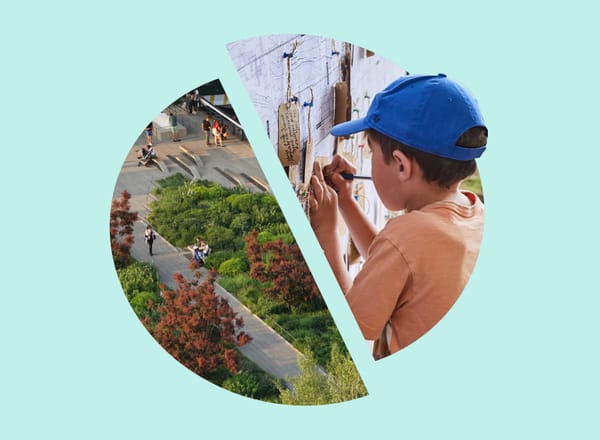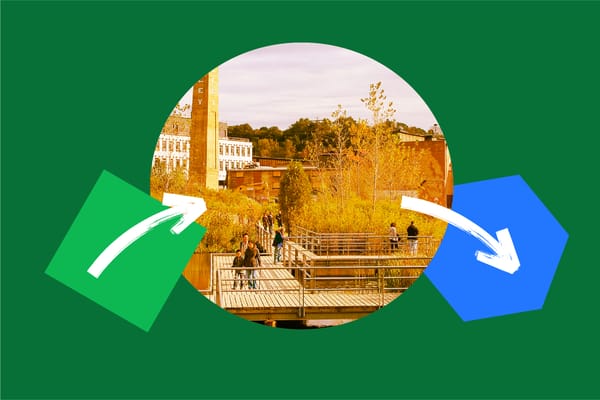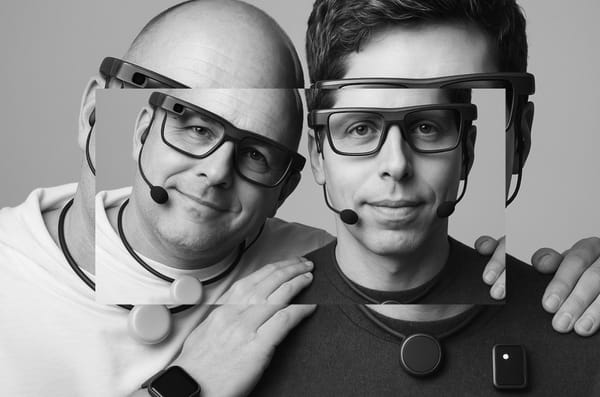The Frontier Dozen—May 16, 2024
Annotated links to twelve stories, buildings, videos, or projects that deserve your attention
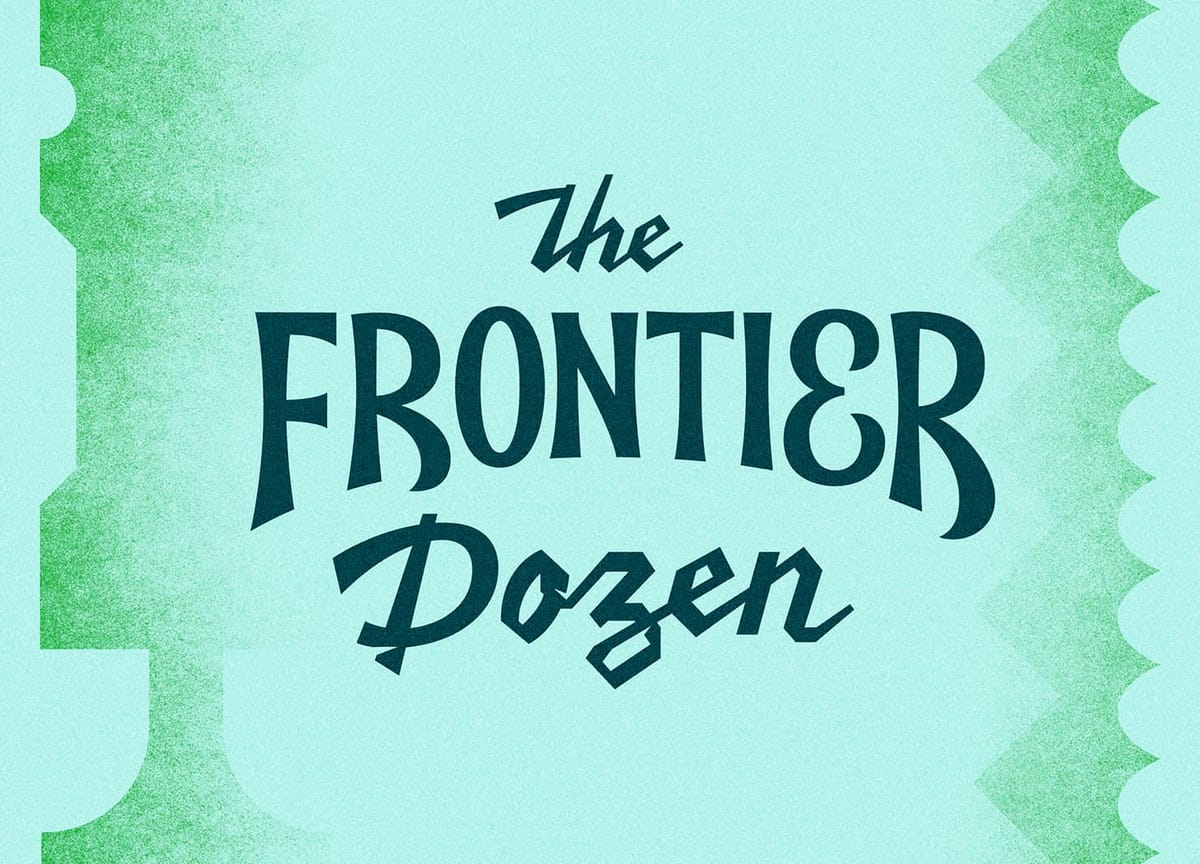
Hi everyone,
Sometimes reality defeats planning. Scheduling complications have waylaid two recent interviews, which is hard when you’re publishing on a weekly schedule. But I’m turning the challenge into an opportunity by introducing a new, intermittently recurring feature: the Frontier Dozen, annotated links to twelve stories, buildings, videos, or projects that deserve your attention. (This is more manageable for you than when I got COVID last fall and shared fifty links.) Why don’t you hit reply—or use the comments—to tell me what has recently caught your eye or made you think twice?
Until next week,
Brian
📖🏛️ Patternlanguage.cc. “An abridged, hyper-textual, and copyleft manifestation of the 1977 architecture classic” by Christopher Alexander. As the creator points out, there have been earlier attempts to bring this cult favorite online; this one takes advantage of modern, graph-based knowledge formats to make exploring Alexander’s ideas about good architecture both easy and, dare I say, fun.
🛑🚧 Thomas de Monchaux’s cogent arguments about adaptive reuse & preservation. In recent years, primarily through the New York Review of Architecture and n+1, the historian and critic has published essays that offer a thoughtful take on adaptive reuse and preservation. This culminated, so far, in the book Transform, coauthored with architect Deborah Berke (buy in the US or Canada). Start with “Vernacular Modernism” and “Against Demolition,” then try his takes on Penn Station (1, 2) and 60 Wall Street. It’s a theme I hope he continues exploring.

🏢️👀️ Some buildings that caught my eye this week. Modul28’s adaptive reuse of a historic church in Romania, which sent me back to Sebastián Arquitectos’s 2021 hermitage restoration in Spain; rising Toronto firm Batay Csorba’s handsome-looking renderings for an eight-story courtyard building; Le Labo’s new boutique in Kyoto; and Estudio Além’s cork-and-steel shoe store in Porto.
📚️🔐 The cyberattacks will continue until morale improves. In January, I wrote about simultaneous cyberattacks on libraries in Toronto and London; last week we learned the Library of Congress was (unsuccessfully) attacked then, too
📽️🏘️ The World Around 2024 summit. Last week, Beatrice Gallilee’s roving conference touched down again at New York’s Guggenheim Museum. I particularly enjoyed the short talks from SO–IL, previewing a forthcoming book on the firm’s residential projects, and Emanuele Coccia on home as “moral topography.”
🤝🫂 Sociologist Richard Sennett on cooperation and connection. “Today, it’s often thought by neoliberals that we don’t really need to connect to others, and that people are pretty much free autonomous agents. That’s a fantasy that does us a lot of harm.”
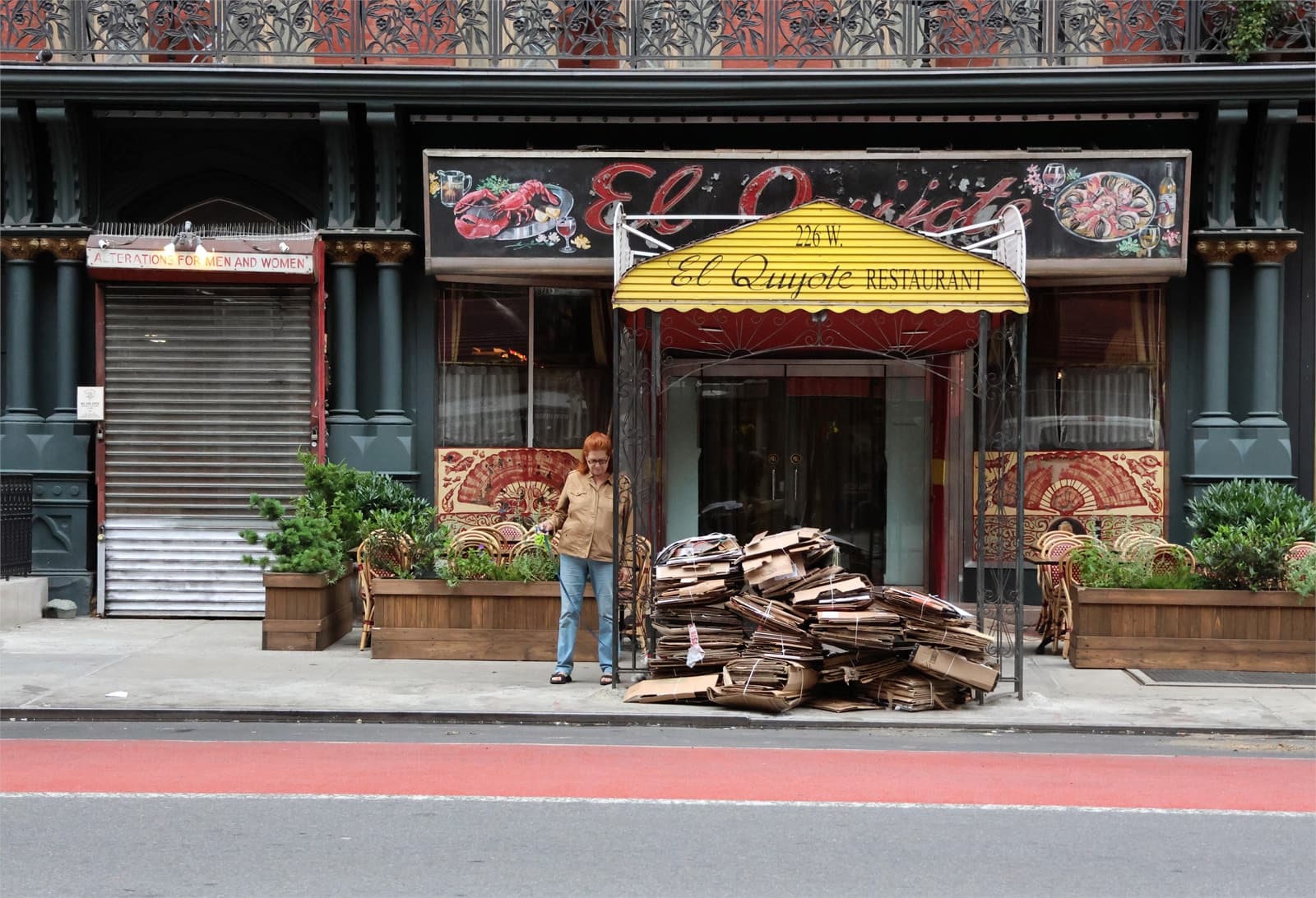
📦🌏 Shannon Mattern on “cardboard media and the geographic imagination”: “Last year, International Paper made 100 million boxes a day. So, in eleven weeks, a box for every person on Earth.”
📔🏆 “We Have Never Been Postmodern.” Still thinking about this interview, from a month ago, with David Fortin, who says, “A lot of architecture is primarily about responding to and reflecting” an international lexicon of good design. “If you look at the type of projects that get published and win awards, they still tend to be legible” to design-savvy global audiences.
👨💻📐 Interaction designer Christopher Butler on the elements of good craft: attention to detail, focus, time, and taste.
🏛️👩🦽 A survey of accessibility at New York City museums that focuses on entrances, security, wayfinding, seating. “As museums take on new commitments to accessibility, diversity, and inclusion, they’re left to grapple with big questions: Accessible to whom, exactly? How do you build—and operate—an inclusive museum?” Also: an interview with the design team who undertook the project.
📈📉“Reading Kohei Saito in Kagoshima.” Dan Hill, director of the Melbourne School of Design, asks: “Might there be alternate patterns of hope being carefully pieced together, helping us imagine what such a slow-growth bioregional society would actually look like, how it would work and what it would feel like?” (h/t Sentiers)
🚪🗓️ Next weekend is Doors Open Toronto, with more than a hundred sites open to the public, including the offices of several of the city’s leading architecture firms. See you out and about?


